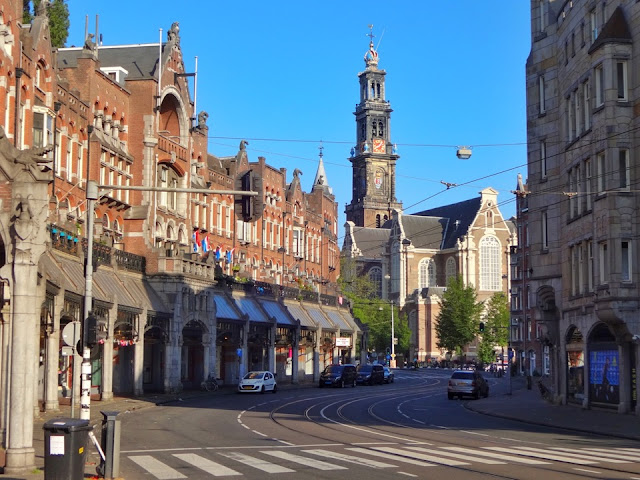Future Choices in Life
https://buff.ly/2ZFCsEr
A high school student, for example, might be able to enroll and participate in sports or extracurricular activities at the neighborhood public school, yet travel to a nearby magnet or charter school to take advanced math or science classes—all while taking online foreign language courses or completing college-level coursework with students from around the country.
Projects are also a great place to give students choice, whether during project-based learning, an engineering design project, or a quick study of a content-related topic.
Where students live still largely determines their options, given the cost and time of transportation, policies that bar cross-district choice, financial constraints, and barriers that prevent parents from learning about the options available to their families.
At the same time, research has consistently shown that school choice—whether through private school vouchers or lotteries for public charter schools and specialized district schools—still disproportionately benefits better-off students.
Attending charter schools appears to reduce antisocial behavior, like crime and discipline infractions, and increase positive social behavior, like voting.
Certainly, one factor that influences retirement spending choices is an individual’s perceived sense of time left in life.92 However, the way the future self is perceived may also play a role in these spending decisions, and in line with the research presented above, similarity, positivity, and vividness may all influence decision making during this decumulation phase of life.
In one condition, participants were shown the monetary amounts as well as an image of their current self, which changed emotional expression as a function of the allocations that they chose to make (sadder as more money was allocated toward future consumption, happier as more money was allocated toward present consumption).
There was a positive correlation, in other words, between the extent to which the future self “looked” like another person on a neural level, and the degree to which participants chose to consume smaller rewards in the present rather than delay larger rewards for the future.
If people tend to consider the future self as a stranger—that is, if that distant future self feels on an emotional level like another person—then they may rationally have no more reason to save their money for their future selves than to give that money to a stranger.
https://buff.ly/2ZFCsEr
Further, on an individual level, the greater the difference between activation elicited by the future self and activation elicited by the current self, the more future rewards should be discounted.
Results indicated that participants in the future self condition demonstrated significantly more patience on a series of intertemporal choice tasks than did participants in the future other condition.
Previous research has tried to understand problems with intertemporal choice by focusing on the ways in which people treat present and future rewards.
Under each of the regional and sub-regional committees, it is young people who provide the day to day management and supervision of the life skills programme.
Often, a customer makes a decision without sufficiently researching his choices, which may often require days. When confronted with too many choices especially under a time constraint, many people prefer to make no choice at all, even if making a choice would lead to a better outcome.


Comments
Post a Comment